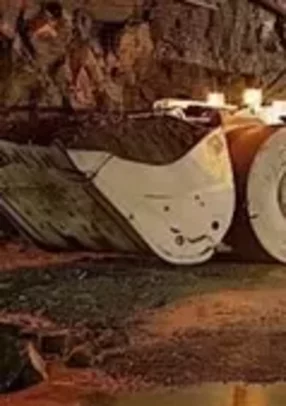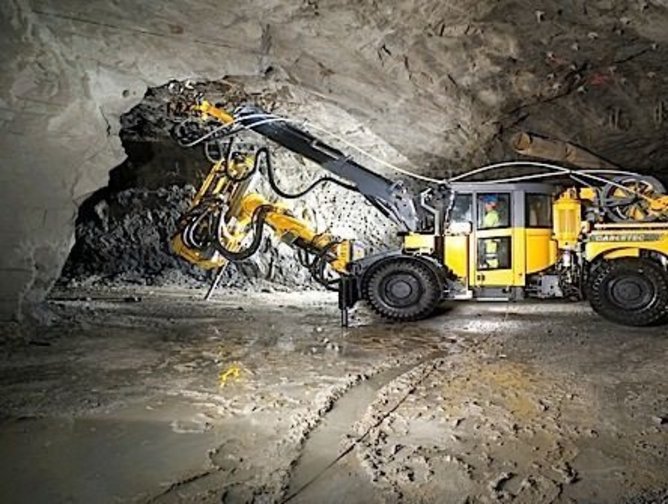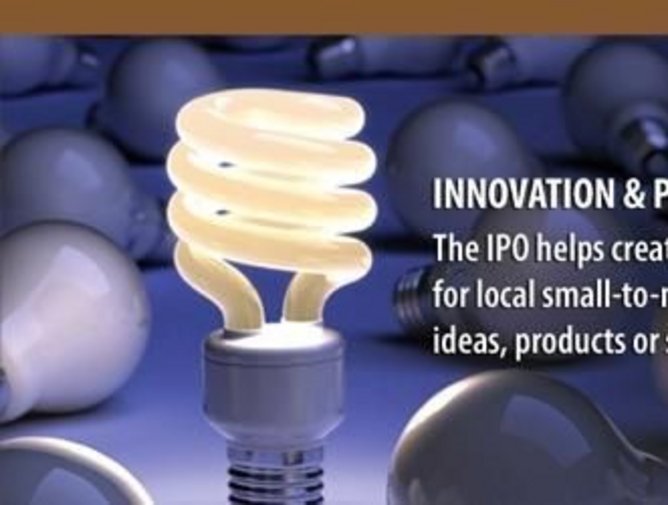
Centre for Excellence in Mining Innovation
Multi-tasking isn’t just a desirable skill; it’s an expectation at the Centre for Excellence in Mining Innovation (CEMI). For employees and clientele alike, being able to increase efficiency of the “hard rock” mining production process is the number one priority for this organization. By providing solutions that keep an eye on the sustainable future, CEMI can simultaneously increase productivity and work flow.
“CEMI was established to broker research among the large mining companies that actually want to conduct research,” explains CEO, Doug Morrison. “We identify industry problems, find funding from the industry and match it with governing funding agencies to put together a project scope with potential researchers. We then pull that together into a project that carries on for one to three years - five at the most.”
Since 2007, solving mining industry problems in Ontario has led CEMI to institute engineering solutions applicable worldwide. Seeing how the same difficulties are common in several mines in Ontario - the same procedures, conditions and equipment being used as by similar mines globally - it’s no wonder why these researchers can improve efficiency. The focus of this research institute is to better manage access tunnel-development, and modify the use of mining equipment and to improve day-to-day production effectiveness, not only on the domestic front, but on an international one as well.
CEMI’s ongoing projects involve researchers and collaborators in a few countries such as the US, Australia, South Africa, Sweden and Switzerland as well as those in several domestic universities - in Quebec, British Colombia and Ontario – all of whom help coordinate research projects and collect data.
Mining Process
The basic four steps of the access development process are: 1) Muck out the face 2) Install roof support to make sure the tunnel is stable and safe 3) Drill the face 4) Load the face with explosives. Though the process is fairly self-explanatory, the difficult part comes when trying to increase the productivity of the whole process because it is difficult to have more than one of these activities going on at the same time. That’s where CEMI’s canopy solution comes into play.
Focusing more on the “hard rock” industry (which includes nickel, copper, gold), rather than “soft rock” industry – for coal or potash, Ontario’s deep mines provide a quintessential global example of what the mining world as a whole is experiencing. By being able to monitor the stress increases, seismicity and air temperature, CEMI has begun to take major strides in providing some of the most complex engineering solutions to problems like ventilation within these deep operating mines.
“Rock stress issues, stability and safety, plus heat issues and the cost of ventilation are the main projects we focused on in the first five years,” explains Morrison. “More recently now we're looking at productivity issues by looking to improve the rate of tunnel development, or as we call it "drift development, plus increasing the rate of production and improving human productivity."
CEMI – collaborative Relationship with Mines
One of the most urgent goals at CEMI is to increase “drift development”; rapid drift development allows miners to access the ore faster, which will inevitably help them to produce ore sooner. The factors which all directly influence the ability of a mine to run efficiently and productively are: the rate of accessing the ore-zone, the effectiveness of blasting, and the rate of removing broken ore, ensuring that the size of the material being produced from primary blasting is finer and more uniform. This size distribution means that the whole process becomes less of a batch process because companies can use continuous mucking machines which operate much more effectively than larger, LHD-type machines that have to be used for large pieces of material.
Most of the mines CEMI works with operate by always filling any voids it creates from blasting and removing ore, with cement and tailings. In the words of Douglas Morrison, this process is known as “back filling”; the entire mining process is dependent on the “back-filling” rate because mines cannot produce ore faster than they can backfill. The entire process is dependent upon how quickly the “back-filling” can be done, and this is one arena that CEMI has on its radar in terms of improving a mine’s internal productivity process.
“To improve the quality of the backfill we deliver to the production stopes, we need to improve the quality and reliability of the backfill system – then we can speed up the whole production system,” explains Morrison. “The two things have to go in parallel. We can’t speed up one without the other.”
The goal of CEMI is to improve mine performance through innovation. They recognise that innovation is a three-step process: research, development, and implementation. Through implementation, CEMI hopes to be able to turn innovative ideas into best practice for the global mining industry and become the primary source of innovation for deep hardrock mines around the world.






